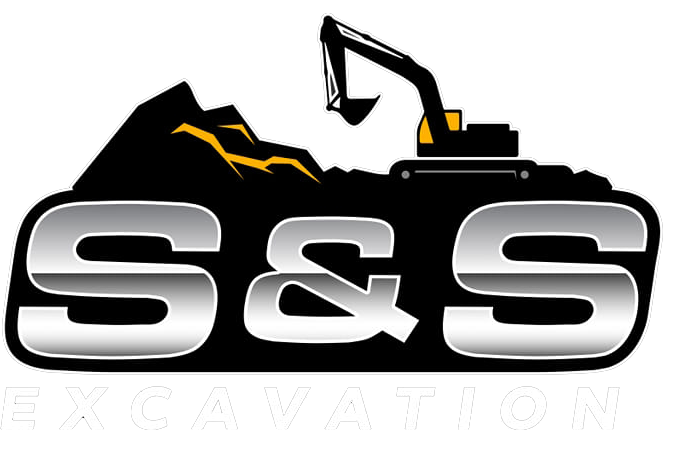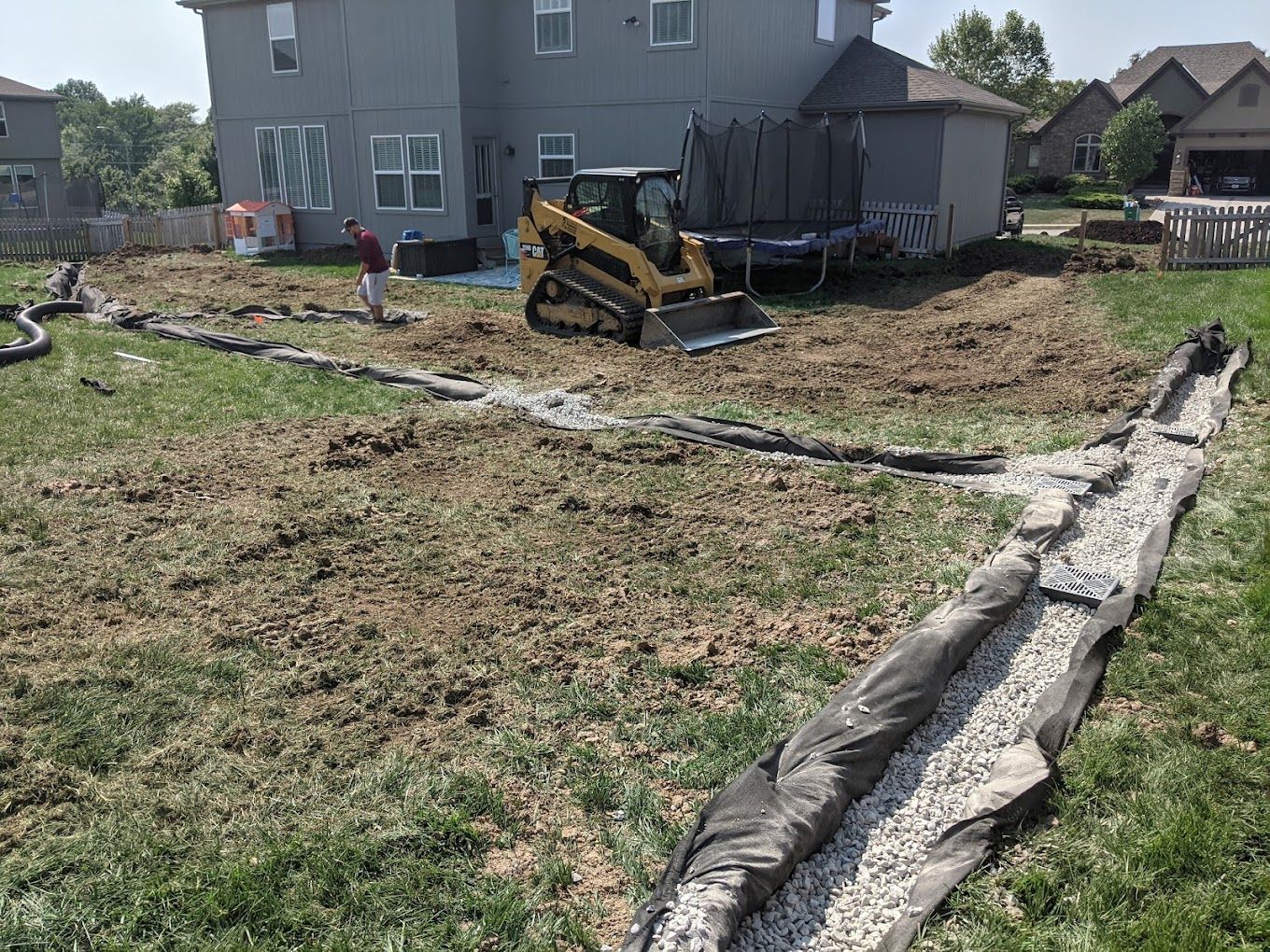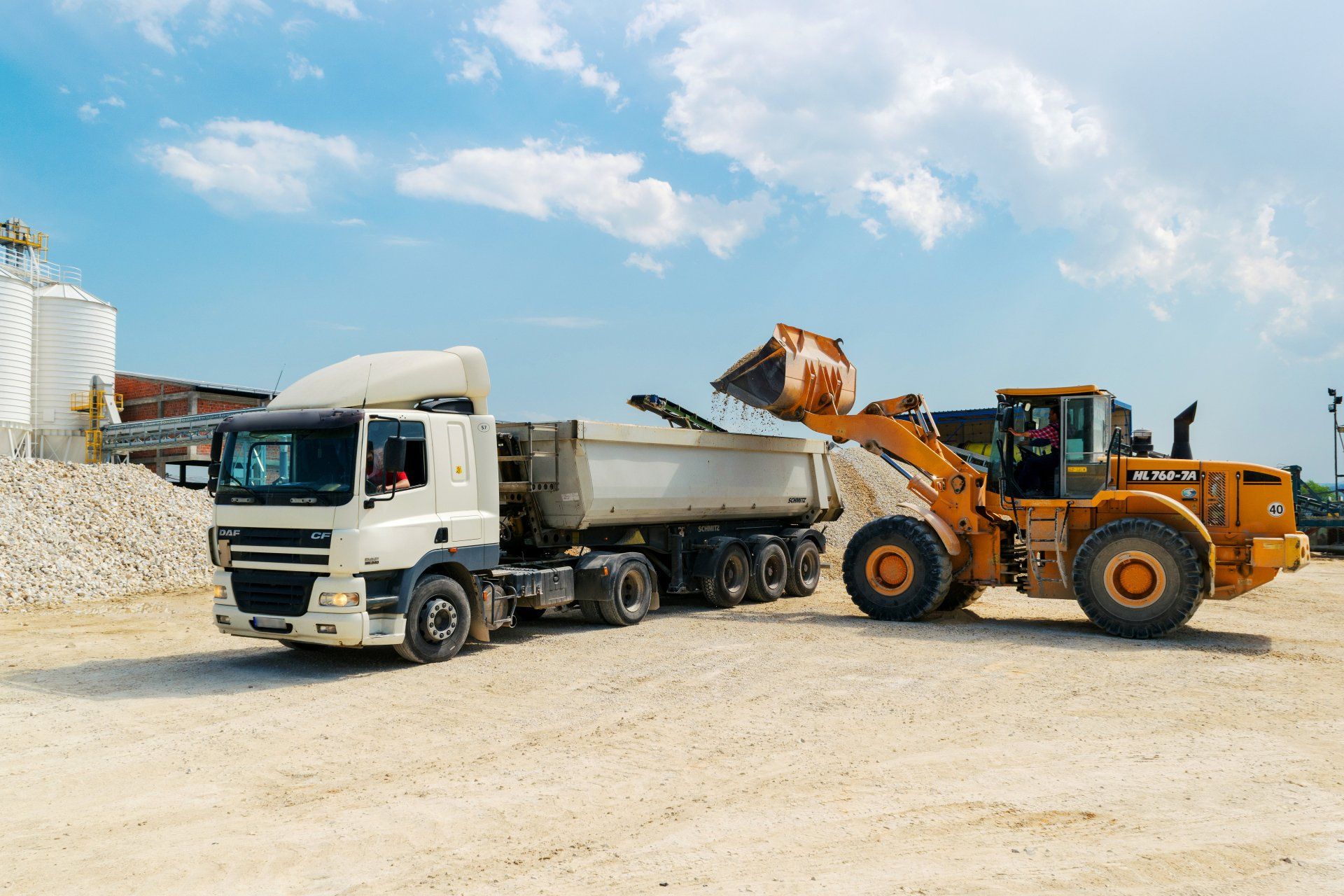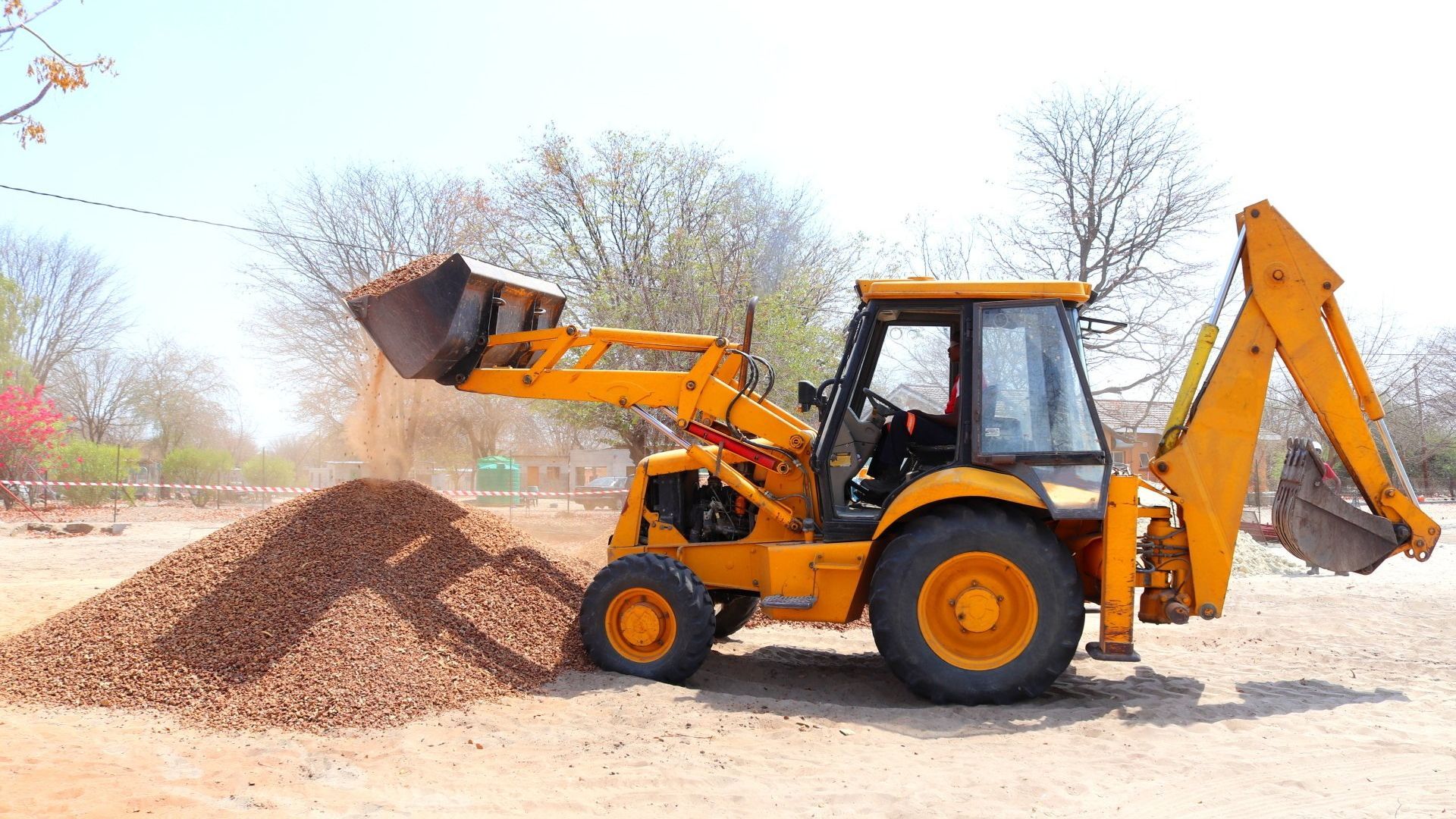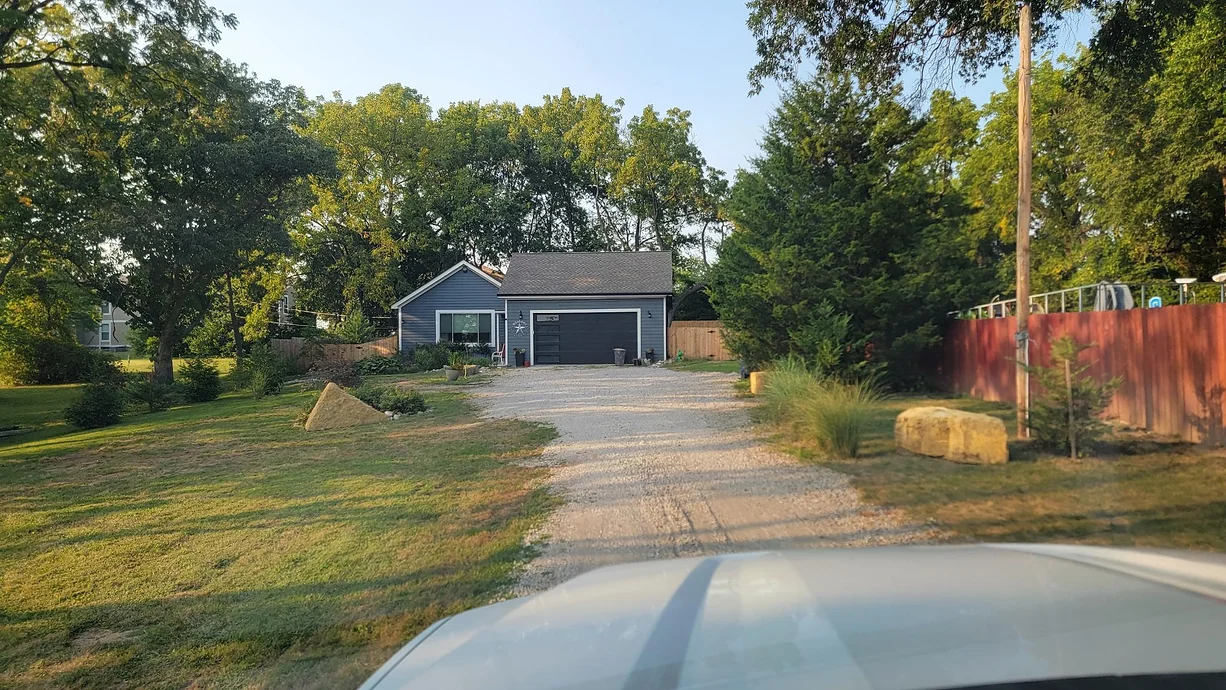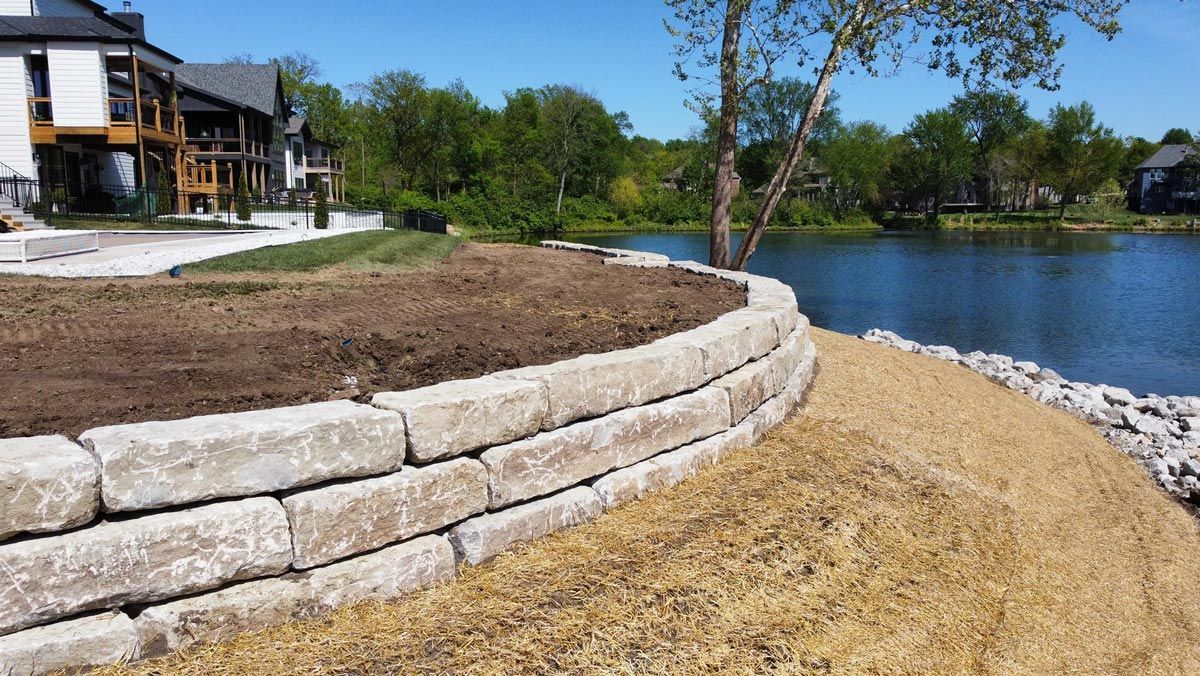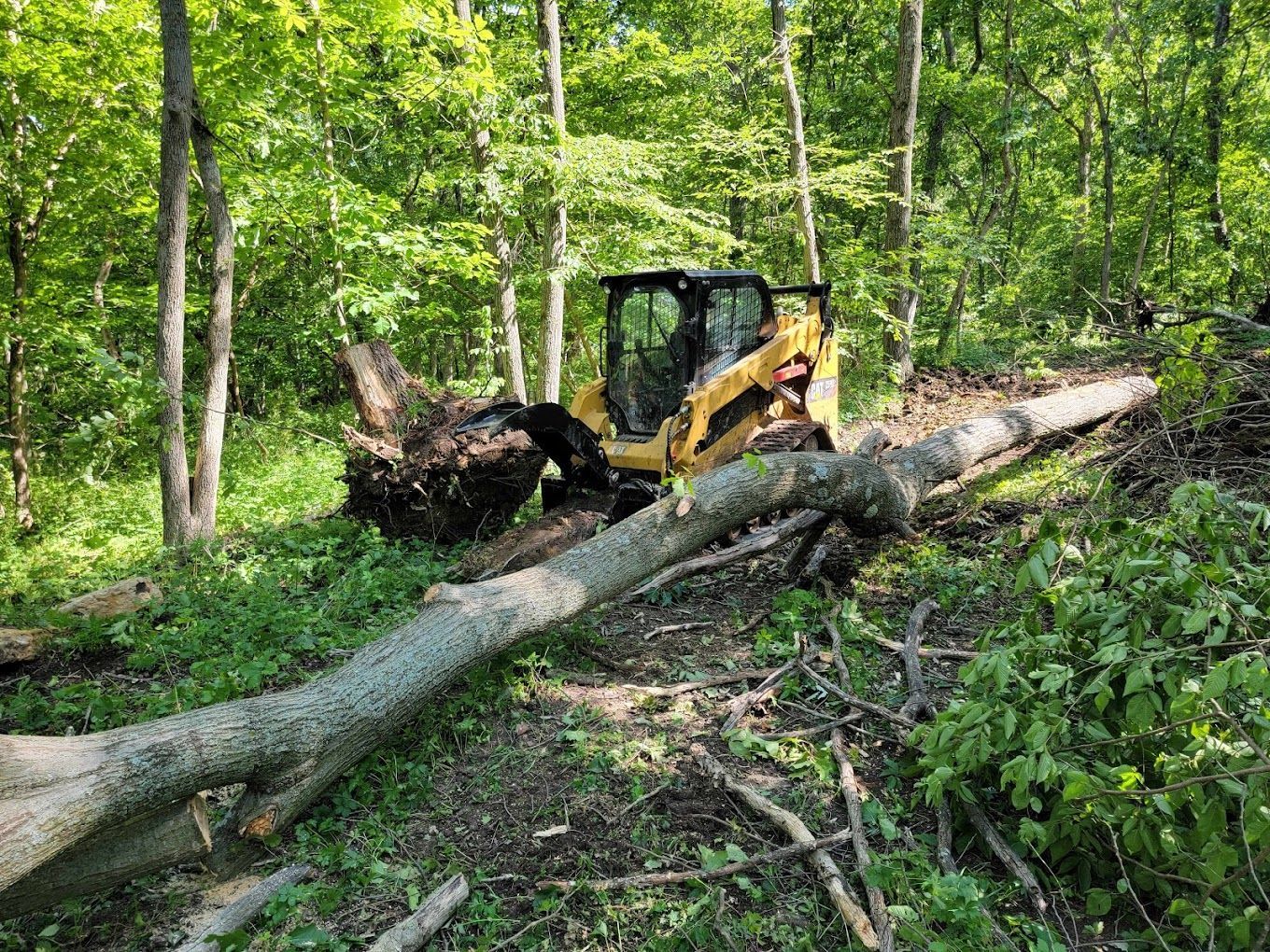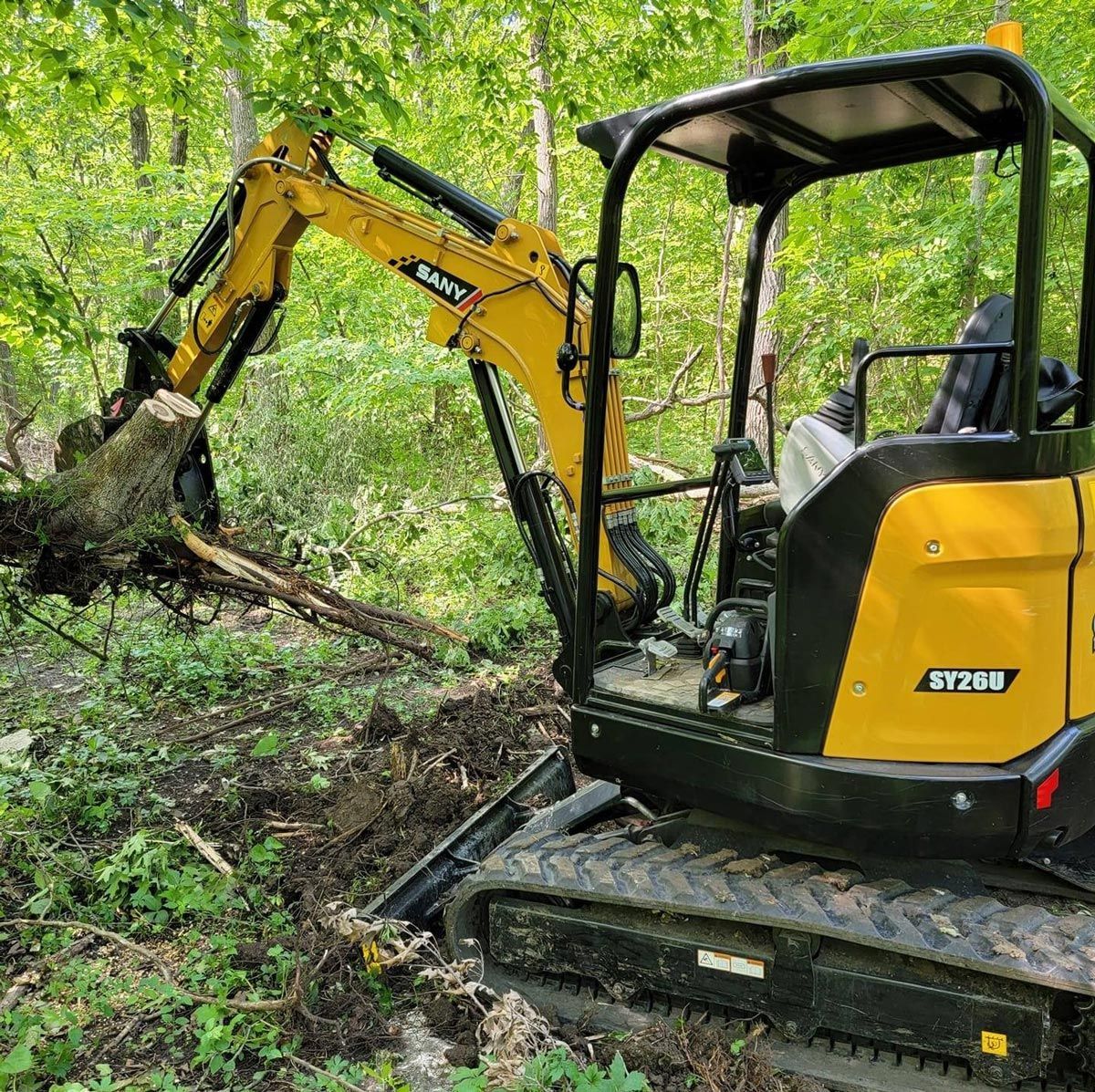The Complete 2025 Guide to Land Clearing: Methods, Costs, and Benefits
Clearing land is an essential first step for many projects, from building a new home to preparing farmland or developing commercial properties. Getting this process right in 2025 means understanding the best clearing methods, their costs, and the benefits they bring to your project.
With evolving technology and environmental considerations, knowing the right land clearing technique can save you time and money while ensuring your site is safe and ready for the next phase. In this guide, we’ll walk you through the most common land clearing methods, what influences their costs, and why professional clearing can make a big difference.
Whether your project is large or small, this guide will help you make informed decisions to get started on the right foot.
What Is Land Clearing?
Land clearing is the process of removing trees, brush, stumps, rocks, and other vegetation from a plot of land. This prepares the site for construction, agriculture, landscaping, or other purposes.
Land clearing involves a variety of tasks, including:
- Cutting and removing trees and shrubs
- Removing stumps and roots
- Grading and leveling the soil
- Debris hauling and disposal
Common Land Clearing Methods
Choosing the right land clearing method depends on factors like the size of your property, type of vegetation, terrain, and project goals. Here are some of the most commonly used techniques in 2025:
- Mechanical Clearing: This method uses heavy machinery such as bulldozers, excavators, and mulchers to remove trees, shrubs, and debris quickly and efficiently. It’s ideal for large areas with dense vegetation and uneven terrain.
- Manual Clearing: Manual clearing involves laborers using hand tools like chainsaws, axes, and brush cutters to clear smaller or sensitive areas where machinery can’t reach or isn’t suitable. It’s slower but allows for more precision.
- Controlled Burning: Also known as prescribed burning, this technique uses carefully planned fires to clear underbrush, dead trees, and invasive plants. It’s cost-effective and helps improve soil health but requires expert management and permits due to safety concerns.
- Chemical Clearing: Herbicides are applied to kill unwanted vegetation, particularly invasive species or brush. This method is often combined with mechanical or manual clearing to prevent regrowth but must be used responsibly to avoid environmental damage.
Each method has its own advantages and drawbacks, so selecting the best approach depends on your project’s specific needs and environmental regulations in your area. Consult experienced excavation contractors to ensure the job is done safely and efficiently.
Typical Costs of Land Clearing Methods in 2025
| Method | Typical Cost per Acre | Cost Description |
|---|---|---|
| Mechanical Clearing | $1,000 – $5,000+ | Higher cost due to heavy machinery and labor intensity. |
| Manual Clearing | $500 – $2,000 | Labor-intensive costs vary with site complexity. |
| Controlled Burning | $300 – $1,000 | Lower cost but requires permits and professional oversight. |
| Herbicide Application | $100 – $500 | Least expensive, may need multiple treatments. |
Factors Affecting Land Clearing Costs
Your total expense will depend on several variables:
- Size of the Land: Larger areas cost more but may have lower per-acre rates.
- Vegetation Density: Thick forests and mature trees cost more to clear than open brush.
- Topography: Steep or rocky terrain increases difficulty and cost.
- Accessibility: Remote or hard-to-reach sites can raise labor and equipment costs.
- Disposal Needs: Hauling away debris, stumps, and rocks adds to expenses.
- Environmental Regulations: Permits and restrictions can add time and fees.
Benefits of Proper Land Clearing
Investing in proper land clearing pays off in many ways:
- Improved Safety: Removes fire hazards, pests, and obstacles.
- Better Land Use: Prepares land for building, farming, or landscaping.
- Enhanced Aesthetics: Creates clean, usable spaces.
- Increased Property Value: Cleared and leveled land is more attractive to buyers.
- Soil Preparation: Grading and clearing promote better drainage and foundation stability.
Tips for Choosing a Land Clearing Contractor
- Check credentials and licenses.
- Ask about equipment and methods used.
- Verify insurance and bonding.
- Get detailed, written estimates.
- Request references or reviews.
Final Thoughts
Whether you’re clearing a small backyard or several acres, understanding land clearing methods and costs in 2025 ensures you make the right choice for your project and budget.
For the best results, partner with a reputable professional who can tailor the clearing process to your land’s specific needs while respecting environmental and legal guidelines. Contact a Local trusted land clearing expert today for a free consultation and get your project started the right way!
Frequently Asked Questions
What factors most influence the cost of land clearing?
The main factors include the size of the land, the density and type of vegetation, the terrain’s difficulty, the clearing method used, and local permit requirements. Debris removal and accessibility can also significantly affect pricing.
How do I know which land clearing method is best for my project?
It depends on your land size, vegetation type, environmental concerns, budget, and timeline. Mechanical clearing is ideal for large, dense areas, while manual clearing suits small or sensitive sites. Controlled burning and herbicide application may be better for agricultural or specific vegetation control.
Are there environmental regulations I need to consider before clearing land?
Yes. Many areas require permits and have strict rules to protect wildlife, waterways, and prevent soil erosion. Controlled burning often requires special permits and professional supervision. Always check local regulations before starting.
Can I clear land myself to save money?
For small, manageable plots with light vegetation, DIY clearing may be possible using hand tools. However, for larger or more complex sites, professional equipment and expertise are safer and more efficient, helping avoid costly mistakes or injuries.
How long does land clearing usually take?
The timeline depends on the size and condition of your land and the method used. Mechanical clearing can finish large jobs in days, while manual clearing or controlled burning may take weeks. Planning ahead with your contractor will give a better estimate.
What happens to the debris after land clearing?
Debris can be removed from the site, chipped into mulch, burned on-site (where permitted), or sometimes left to decompose naturally. Disposal method impacts cost and environmental impact.
Is land clearing bad for the soil?
Improper clearing can cause soil compaction, erosion, and loss of nutrients. However, methods like controlled burning can improve soil fertility by returning nutrients. Professional land clearing aims to minimize negative effects and prepare the site for future use.
Read More
